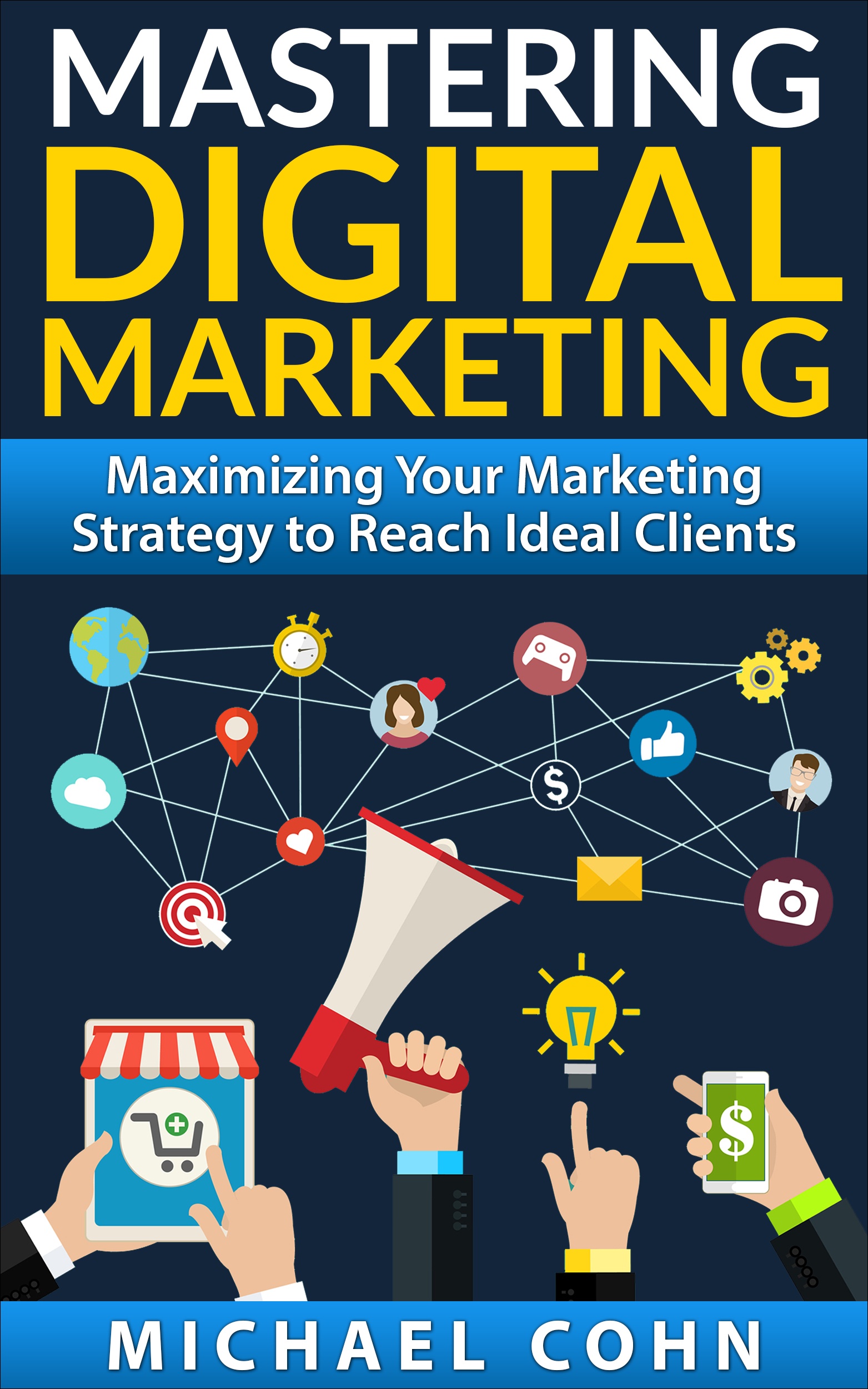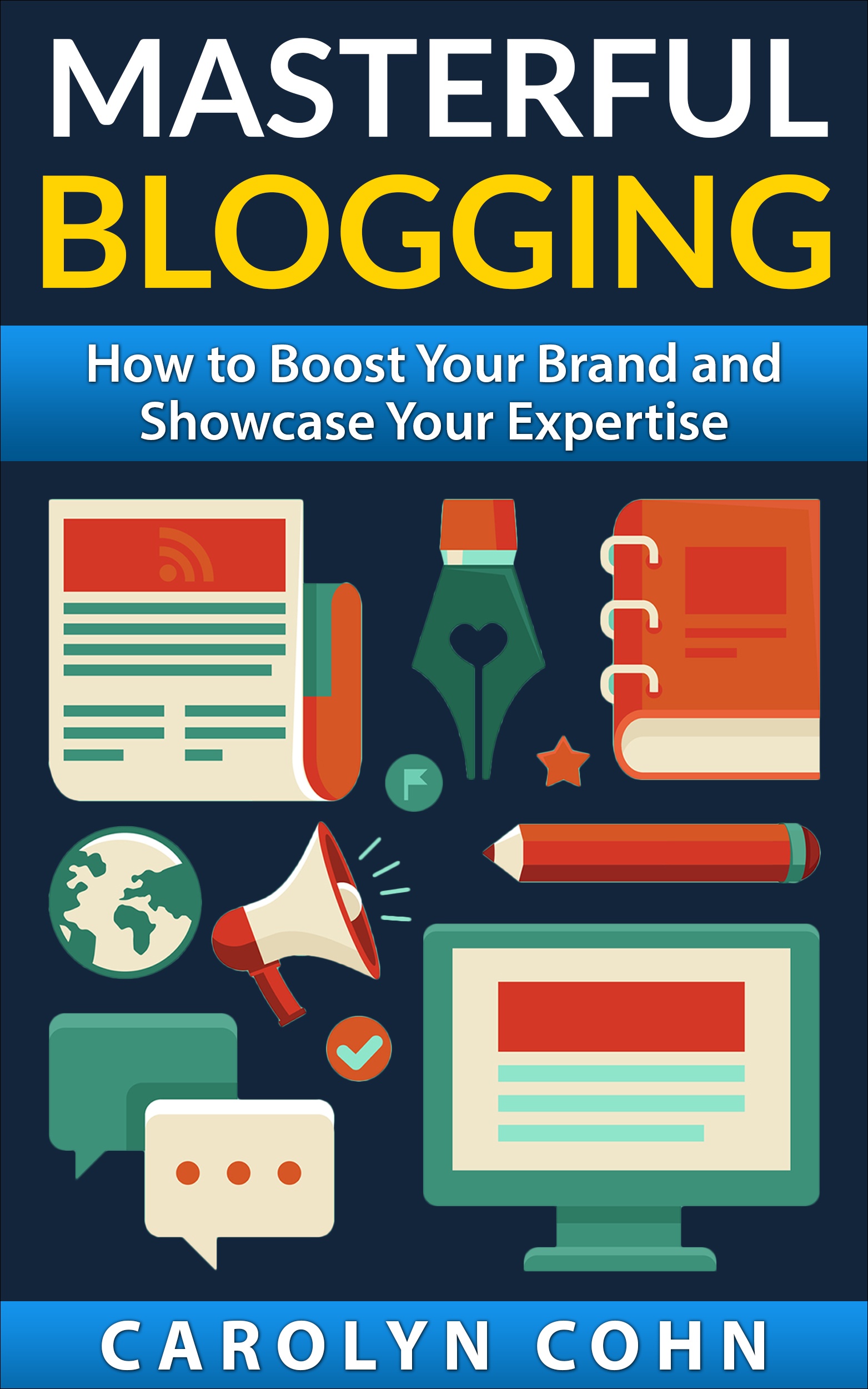Inbound vs. Outbound Marketing

The Internet has profoundly transformed the way people learn about and shop for products. Years ago, companies reached their consumers through trade shows, print advertising, and other traditional marketing methods. Today, consumers start their shopping experience by looking on the Internet, in the search engines, the blogosphere, and social media sites. To remain competitive, businesses need to be found online by the consumers already searching for the products and services that you sell. Inbound Marketing is marketing focused on being found by customers. This concept is related to Seth Godin’s idea of permission marketing. Marketers “publish their way in” (via blogs, social media, etc.) in contrast to Outbound Marketing, where they used to have to “buy their way in” (via paid advertisements).
Traditional marketing (Outbound Marketing) is where companies focus on finding customers by advertising, cold calling, eMail blasts, and direct mail. This concept is related to intrusion marketing and Godin’s term interruption marketing.
|
Outbound Marketing |
Inbound Marketing |
| Telemarketing | Search Engine Optimization |
| Direct Mail | Blogs, eBooks, White Papers |
| Trade Shows | Webinars |
| Print Ads | YouTube Videos |
| eMail Blasts | RSS Feeds |
| TV/Radio Ads | Social Media |
Outbound Marketing intrudes on the attention of consumers by interrupting them in their other activities to advertise some product or service. Outbound Marketing has become less effective in recent years because of the more sophisticated ways that there are to block these kinds of advertising, eg, do-not-call lists, spam blockers, and TiVo.
httpv://www.youtube.com/watch?v=3d5IZK5xgjY
With Inbound Marketing, in contrast, instead of interrupting people with television ads, the businesses create videos that potential customers want to see. Instead of buying display ads in print publications, the businesses create their own blog that people subscribe to and look forward to reading. Instead of cold calling, the businesses create useful content and tools so that people call them looking for more information.
Successful Inbound Marketing has three essential components:
(1) Content — The most important part of a successful Inbound Marketing strategy is creating great content that will bring people to you. One of the most popular ways to accomplish this goal is to keep an updated blog.
A blog can provide many benefits to your organization and almost all of them relate to Inbound Marketing. By creating great content, you’ll rise in organic search results, create linkable content, and educate your audience. All of these outcomes will help you bring in warm leads that have been prequalified through a Google search for relevant terms or by reading similar content that links to you.
In addition to blogging, there are many other forms of great content to create that will bring interested visitors. Hosting webinars, offering e-books for download, and developing microsites will all attract leads who are interested in your offerings and are eager to engage in a conversation with you about your organization.
(2) Search Engine Optimization (SEO) — SEO allows potential customers and others to find your content easily. It is the practice of designing your website and links to your site to maximize your ranking in search engines, where most of your visitors begin their search process. Another important element is ensuring that you have a site that is optimized to close leads into deals and engages visitors once they "land" on your website.
(3) Social Media — Social media amplifies the impact of your content. When your content is distributed across and discussed on social networks, it becomes more credible and is more likely to draw qualified customers to your site.
httpv://www.youtube.com/watch?v=Q3yCB7AvvAk
By sticking with these Inbound Marketing strategies, you’ll continually bring in new leads and grow; however, it won’t happen overnight. While Inbound Marketing will save you money, it does take an ample commitment and patience. You may not be in the top Google results for desired terms immediately, but by making a long-term commitment to Inbound Marketing, you will see results. This commitment requires that you create quality content through a Content Management System, interact with people through social media, and try new ideas to bring traffic to your site.
Inbound and Outbound Marketing complement each other. When you first get started, you’ll find that you do a lot more Outbound Marketing than Inbound Marketing. This is the time to experiment with all of the methods of Outbound Marketing. Try out direct eMail, advertisements, trade shows, and all of the outbound methods and find the ones that work best for you. Once you begin to gain momentum, more of your business will come from inbound methods.
A healthy combination of outbound and Inbound Marketing strategies makes a lot of sense.
Please visit CompuKol Communications site to learn more about how you can boost your business through Inbound Marketing.




Thanks for the article I gave it a tweet
I too enjoyed the article as it really drives home the fact that we should in some cases move away from “interruption” marketing; then again I sometimes see results with interruption marketing tactics. I think a better way to market oneself or one’s biz is to have a healthy balance of both types of marketing.
Just my take!
This is very interesting.
I have always thought that Inbound was from the website infrastructure (SEO) and that outbound was techniques to drive traffic from the outside such as Article Marketing, Email campaigns, Blogs, hub pages, Press Release, and Social media.
I have read other articles that adopt the same opinion so now I am a little confused.
Thank You
Alejandro